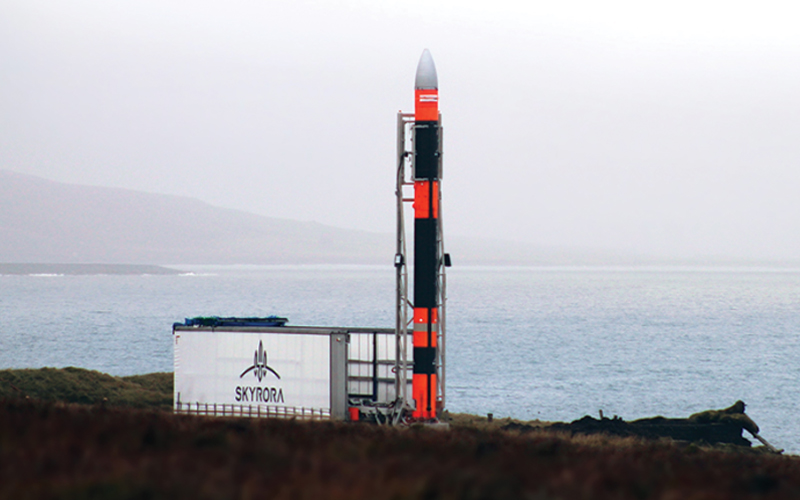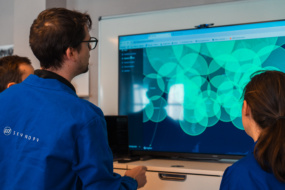Skyrora revealed last week that the debut of its suborbital Skylark L vehicle ended abruptly after the rocket suffered an as-yet unidentified anomaly.
The UK-based startup conducted the launch on Oct. 8 from a mobile launch site erected in Langanes, Iceland.
Let bygones be bygones? In April, Skyrora published an article decrying the Icelandic government for holding up what it referred to as the “biggest launch from European soil.” Despite the lack of any public notice, the company appears to have been granted its long-awaited license to launch from the country.
Skyrora did not announce the launch attempt publicly, and apart from an easily missed NOTAM, it launched with little to no fanfare. The company also waited several days to announce the failure of its launch attempt, posting a press release on October 13.
According to Skyrora, the Skylark L “experienced an anomaly” after leaving the launch pad. Not long after, the rocket landed in the Norwegian Sea, approximately 500 meters away from the launch site.
In a video shared by the BBC, the Skylark L can be seen veering horizontally out to sea just moments after it left the launchpad.
Despite the failure, COO Lee Rosen, who is a veteran of SpaceX, said the launch attempt provided the Skyrora team with “valuable experience in operations procedures, logistics coordination, and execution of the rapid setup and pack-down of our mobile launch complex, experience which will propel us forward monumentally in our mission to reach orbit.”
According to CEO Volodymyr Levykin, an investigation will be launched to discover the nature of the anomaly once “pack-down” procedures for the mobile launch pad have been completed. The company also stated that they were in the process of attempting to recover the rocket from the Norwegian Sea, but have not yet revealed whether those efforts had been successful.
What’s next? The Skylark L suborbital vehicle is a tech demonstrator for Skyrora’s larger orbital-class Skyrora XL launch vehicle. According to the company, 70% of the technology aboard the suborbital vehicle will be applied to the Skyrora XL vehicle. Even though the October 8 launch failed, Levykin still believes that Skyrora will be able to launch the first Skyrora XL mission by 2023.




